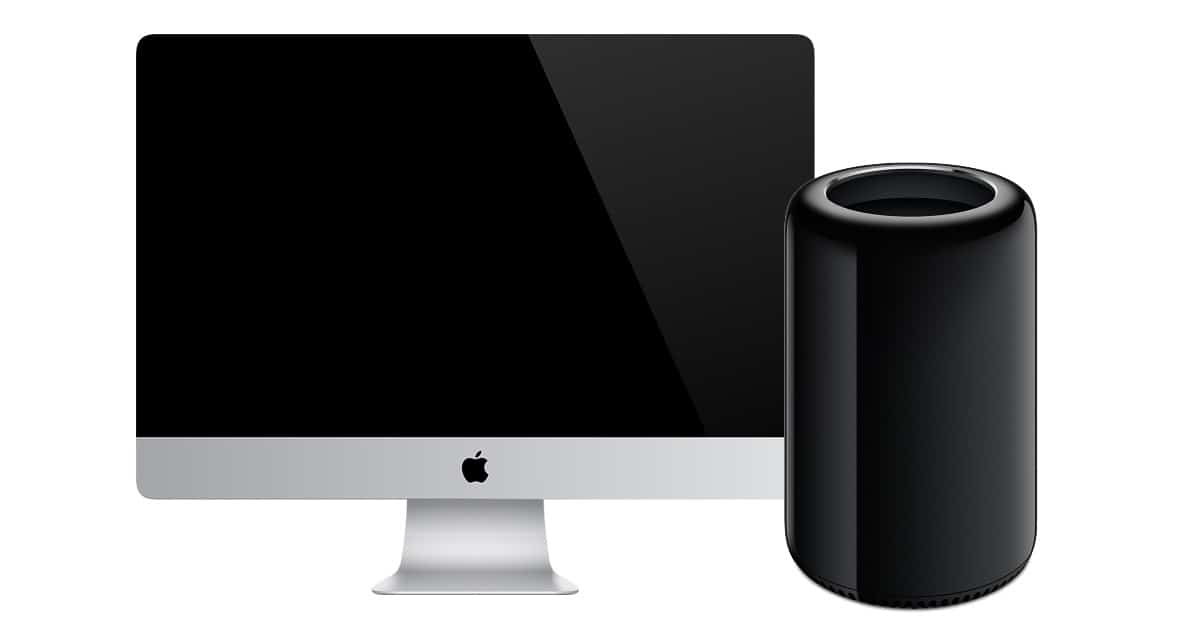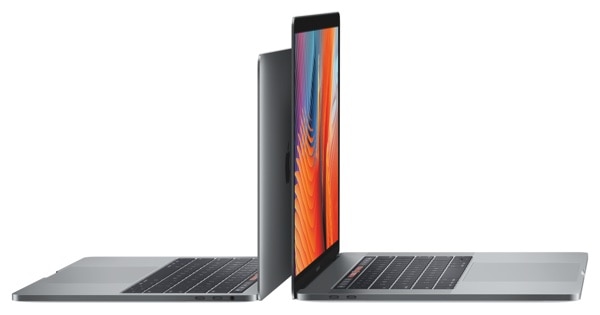How to Decipher Apple’s Conflicting Messaging About Macs
Mixed messages are coming out of Cupertino. On one hand, Apple failed to say the things it needed to say about the Mac during a recent Mac event. Now Tim Cook says he’ll fix that. Meanwhile, the community has spoken with a loud and unmistakable voice that the Mac is not yet dead. Tim Cook seems to have gotten the message, but now we wait for products in 2017 to certify Apple’s change of heart.
It’s easy to rationalize that the things one doesn’t have time for aren’t that important. Put another way, according to our Dave Hamilton, procrastination is just another form of prioritization.

Tim Cook says Apple has big plans for the desktop. But that might not mean headless Macs.
Mac Time Pressure
Apple is a very big company with a lot on its plate. I won’t even try to list the things that Apple is involved in these days. But one thing is certain. Apple’s executive team puts its focus on some very key competitive areas. Things like artificial intelligence, project Titan, augmented reality, the iPhone, and its expanding services get a lot of internal attention.
When a product, like the Mac, is no longer critical to Apple’s bottom line, it’s easy to rationalize that a few cool MacBook Pros can satisfy the hunger of users. One might argue that stretching out the update cycle for Macs is okay because the world revolves around mobility, smartphones and iPads.
That doesn’t work because Apple Mac customers who need to upgrade now can’t be expected to sit around for years, wondering if Apple will meet their needs. Windows 10 is good enough, on really great hardware, to create reverse switchers. In this way, the technical community moves faster than Apple.
Two very interesting articles apply to this discussion.
The Conflicting Mac Messaging
1. “Apple’s Tim Cook assures employees that it is committed to the Mac and that ‘great desktops’ are coming.” This response, related by Tech Crunch from CEO Tim Cook is almost certainly in direct response to the furor about Apple’s lack of attention to the entire Mac lineup.
In the past, it was the PC fanatics who made fun of Apple for their own self-serving purposes. In contrast, lately, many of the most notable and respectable voices in the Apple community, those who have always been very positive, have written concise, authoritative, logical, blistering critiques of Apple’s inattention to the Mac.
The removal of the battery time remaining in macOS Sierra 10.12.2 was the final straw that made it wholly respectable to declare Apple worthy of mockery.
Fortunately, the sting has sunk in and Apple’s CEO Tim Cook has formally responded to all the criticism. However….
2. “How Apple Alienated Mac Loyalists.” This excellent article by Mark Gurman explains some of the management issues behind the stagnation of the Mac.
In another sign that the company has prioritized the iPhone, Apple re-organized its software engineering department so there’s no longer a dedicated Mac operating system team. There is now just one team, and most of the engineers are iOS first, giving the people working on the iPhone and iPad more power….
Interviews with people familiar with Apple’s inner workings reveal that the Mac is getting far less attention than it once did. They say the Mac team has lost clout with the famed industrial design group led by Jony Ive and the company’s software team. They also describe a lack of clear direction from senior management, departures of key people working on Mac hardware and technical challenges that have delayed the roll-out of new computers.

2016 MacBook Pro, 13 and 15. Very nice, but too little, too late. Image credit: Apple
Remedial Mac Action
This excellent diagnostic in article #2 does more to explain the past than predict the future. The question before us now is this. What management or strategy changes does Tim Cook envision, mentioned in article #1, that will remedy the historical problems, from article #2, that led to the awful Mac lineup bust that occurred in 2016?
Related
I expect that the depth and breadth of the arguments, in the last month, in favor of breathing some life into the Mac lineup have been digested by the entire Apple executive team by now. In addition, they must be mindful of the fact that both Hewlett-Packard and Microsoft are positioning themselves to swoop in and capture any market which shows weakness created by Apple’s fumbles.
There’s money to be made in the creative, technical professional, education, science and engineering, CAD, AI, medicine, and computer science markets. The heat provided by Apple’s competitors will lead to a goodly sum of influencers in those markets moving back to Windows and Linux. That’s a place they were told they really belonged all along, but they never believed it until Apple failed them in 2016.
I expect some Mac products that had been shelved in the past will be un-shelved in 2017. Or new initiatives designed to make us adore Apple desktops again will be accelerated. Then all will be well.
Down the road, when Apple gives us everything we need to do our technical work in iOS, we can breathe easier. But that time is not 2017.
The Mac community has spoken.




0 Response to "How to Decipher Apple’s Conflicting Messaging About Macs"
Post a Comment